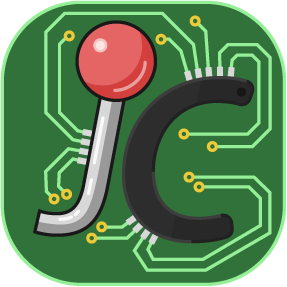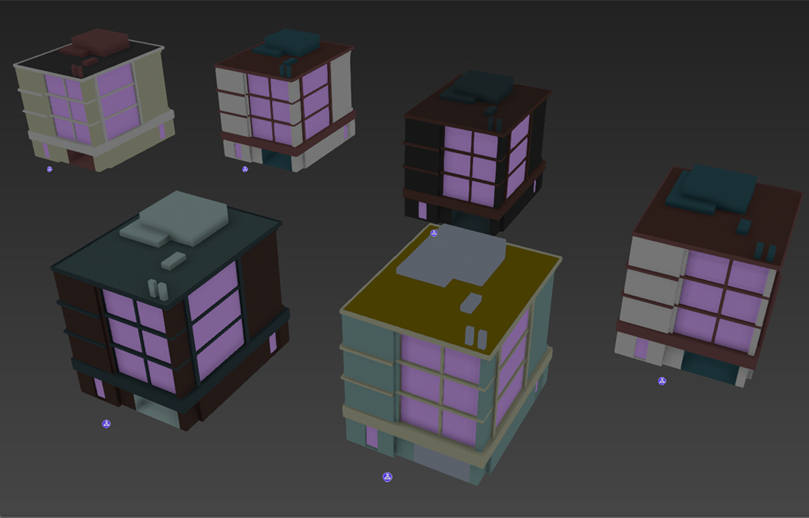The Material Outfit system was created to allow artists to design organized and predictable material variations for game assets. Randomizing multiple materials on a mesh asset doesn't work if the end result has no cohesion. To solve this, I created Material Outfits as a way to define a set of materials that works well together.
An outfit is a list of materials that is applied as a group. You can make multiple outfits for a single asset and instead of randomizing the materials, you randomize the outfit that is applied to an asset. Because each outfit is curated by an artist, the results are cohesive and predictable.
Outfits could be created for any asset that involves a mesh with materials; Structures, Props, Weapons, Humanoids, etc. The options were endless and was only limited to how many outfits an artist wanted to create for an asset.
Additionally, outfits were interchangeable and could be used for similar asset types. For example, and entire library of "Suburban Family Home" material outfits could be created and used and shared across all suburban family home mesh assets. Reusing material outfits across multiple assets saved artist time, helped save on memory usage and added an overall cohesion to the game world, not just an individual asset.
Core Features
- Easily create cohesive sets of materials to add variation into the game world.
- Outfits are a standalone resource and can be used on multiple assets.
- Artists have complete control over the variation and how much variation they want to apply.
- Every game ready asset placed into the world editor will randomly apply a material outfit, removing the need to make a variation pass at a later time.
- Once assets are placed in the world editor, their outfit can be changed as needed.
- Mesh instances in the world editor can be modified to create special one-off variations if needed.

